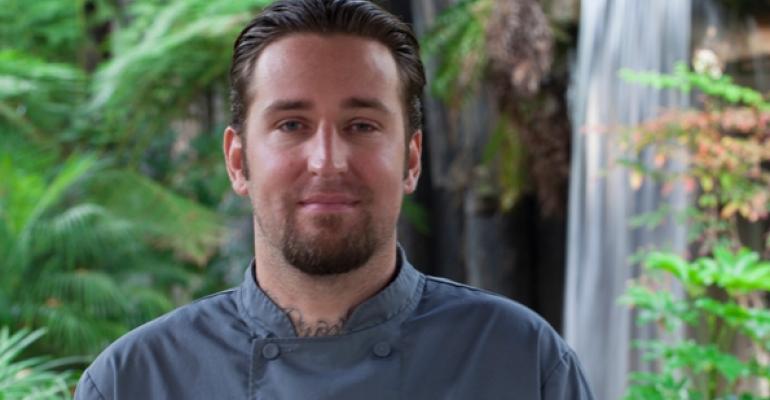Restaurants are finding creative ways to let customers know about where their food is coming from as consumers’ interest in the origins of their foods continues to increase.
One chef has even begun to label sushi served at his restaurants with QR codes that give customers that information.
RELATED
• Cull & Pistol emphasizes atypical seafood
• Best practices for seafood purchasing
• Seafood Trends at NRN.com
“It’s proven in the food world in general that when your customers know about the products you’re giving them they will pay more for them and come back more often,” said Robert Ruiz, chef of two-unit Harney Sushi in San Diego and Oceanside, Calif. “The technology and the information’s here, so why don’t we do the right thing and make money while we’re doing it?”
Ruiz uses edible ink to print the QR codes on rice wafers he serves with sushi. Customers with smartphones can follow the codes to a website that describes the origins of the fish they’re eating.
Ruiz learned the technique from a local pastry chef who uses edible ink to print images on wedding cakes.
The code currently takes customers to the National Oceanic and Atmospheric Administration’s FishWatch website, which lets users look up the fish they’re eating and see the health of the fishery it comes from.

Ruiz said he chose the NOAA site because it doesn’t preach about what people should or shouldn’t eat, but simply explains the fishery, including information on the health of the stock, the rate at which the species is being fished, the equipment used and the bycatch that is accidentally caught in the process.
“Different sustainability certification groups — third party organizations — they all have different definitions, so it’s really confusing,” he said. The NOAA site focuses on tracking the overall stock of fisheries — which Ruiz said is always changing.
Next month, Ruiz plans to introduce species-specific QR codes for albacore tuna and sea urchin.
The sea urchin code will take customers to a website by the University of California at San Diego Scripps Institute of Oceanography that explains the status of the shellfish’s population. The albacore code will take users to a YouTube video clip showing the operations of the seafood company from which Ruiz purchases the fish.
“As different sea life comes in and out of season, I can make new QR codes for them,” Ruiz said, adding that he goes through 25 tons of seafood each year. “I’m going species by species.”
Contact Bret Thorn at [email protected].
Follow him on Twitter: @foodwriterdiary





